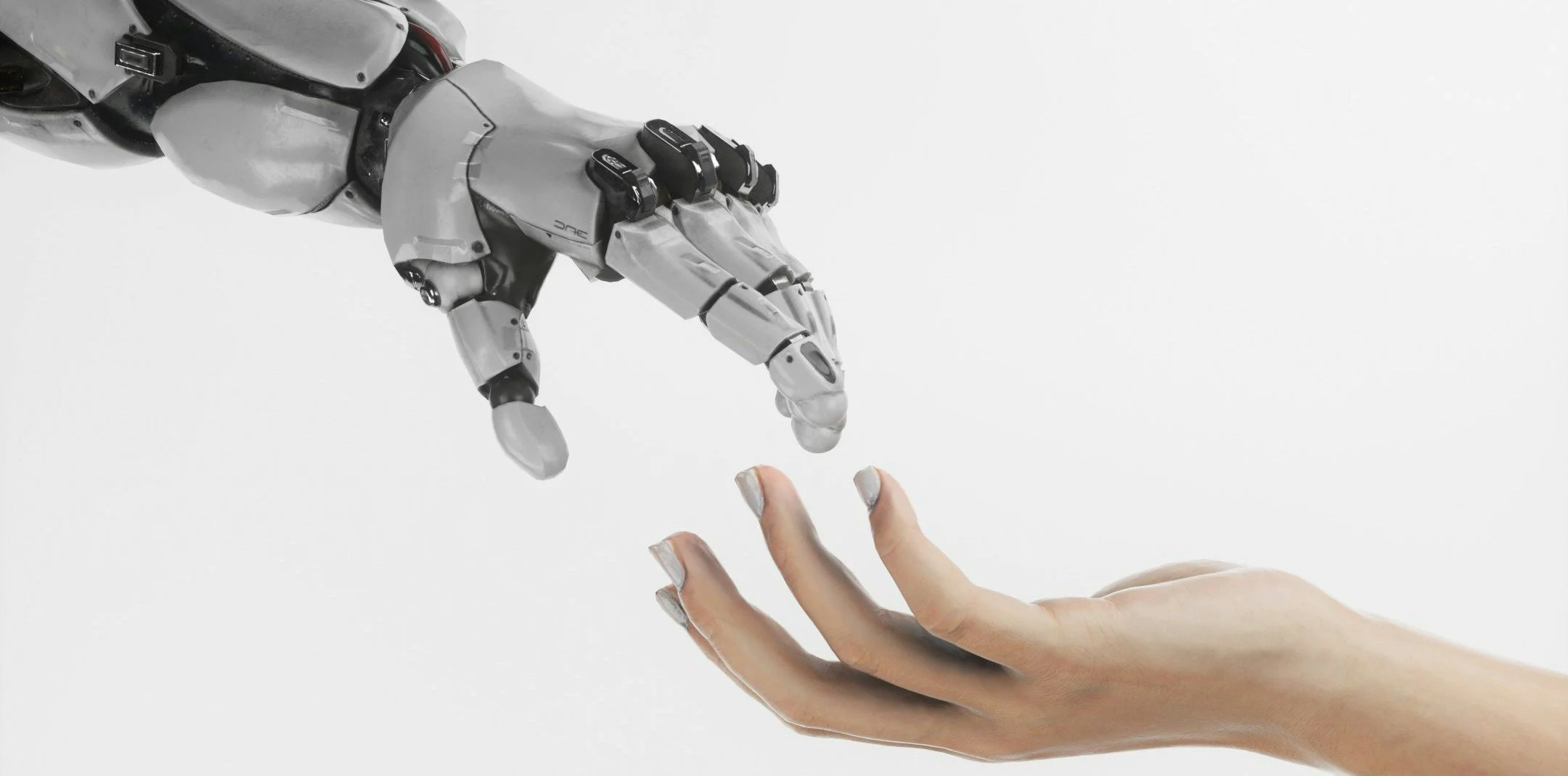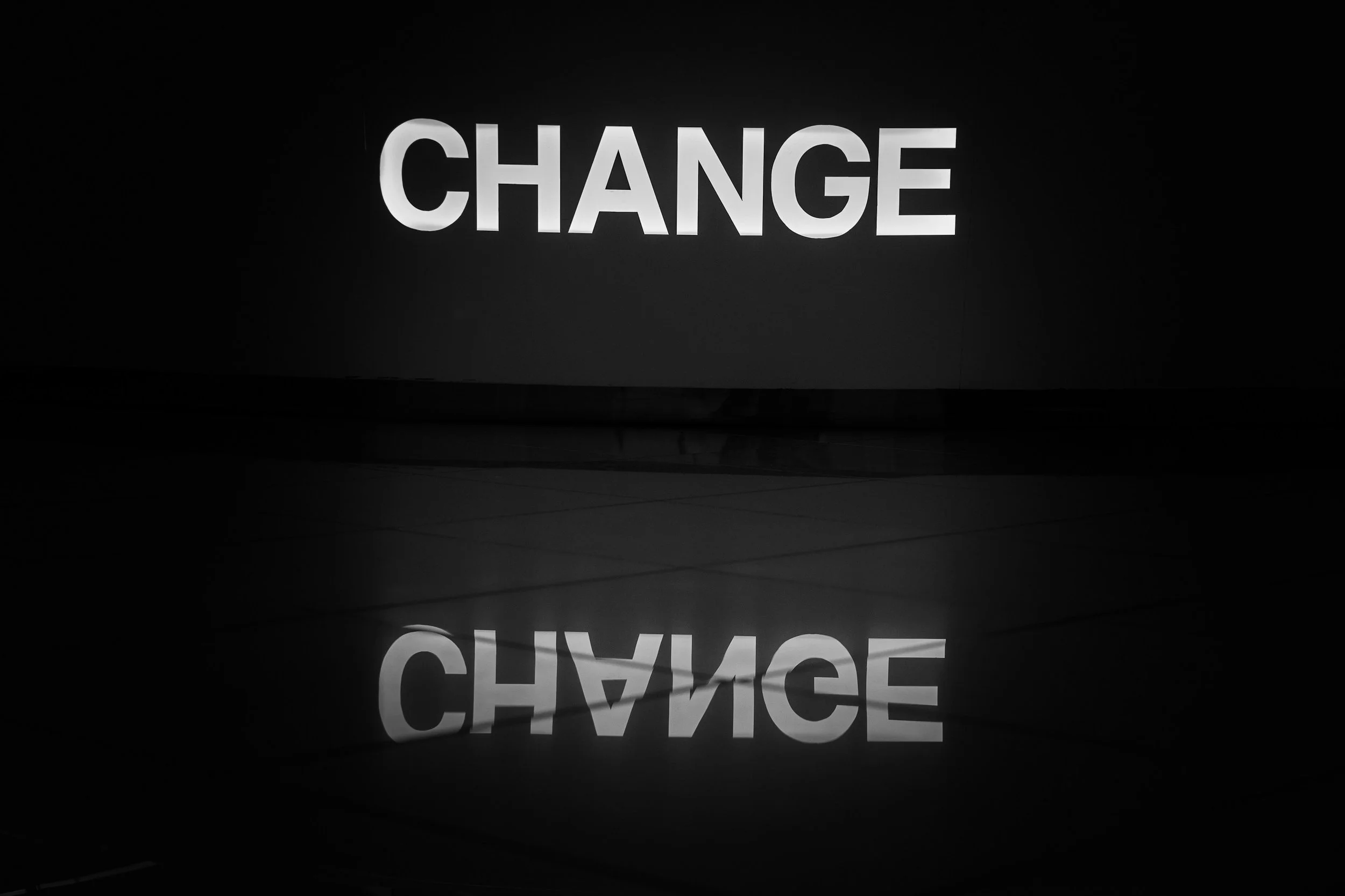Building Trust in a Remote World: How We Deliver Value through Transparency, Technology, & Results
In today’s increasingly digital world, trust is paramount, especially in a remote work environment. For many businesses, the shift to remote collaboration has presented new challenges and opportunities. At Chastain Consulting, we recognise that trust is the foundation of every successful partnership. By leveraging reliable technology, maintaining transparent communication, delivering results, and prioritising data privacy, we’ve created a framework that ensures our clients receive the best value and outcomes—no matter where we’re working.
The Will to Win in Proposal Management: The Importance of Preparation
In today’s highly competitive business environment, winning bids and securing contracts is often the lifeblood of many organizations. But success in bidding doesn’t come from a desire to win alone—it’s the result of a rigorous and well-prepared process. As Thane Yost said, “The will to win is worthless if you do not have the will to prepare.” This quote resonates deeply with the principles of proposal management, where preparation is key to both submitting a winning proposal and driving long-term success.
Driving Results, Not Just Attendance: How Remote Work Unlocks Success in the Design Industry
With all the ongoing discussions about work-life balance and employee value in the design industry, why is remote working still largely absent from the conversation? As industries across the globe shift toward flexible working arrangements, many design firms remain anchored to traditional, in-office models. This reluctance to embrace remote work could be holding back firms from unlocking a wealth of talent, productivity, and innovation that come with modern, flexible work practices.
The Knock-On Effect of CFMEU’s Administration on the Architectural & Design Industry
The CFMEU’s administration is sending ripples through Australia’s construction industry, and the architectural and design sectors aren’t immune. With labor costs, project timelines, and skilled worker availability in flux, firms will need to brace for a period of adjustment.
Navigating Economic Uncertainty
As of August 2024, Australia's economy stands at a crossroads, with the Reserve Bank of Australia (RBA) poised to make decisions that could have long-lasting impacts. For the Architectural and Interior Design industry, understanding these economic shifts is crucial for strategic planning, particularly as businesses weigh the benefits of diversification against potential constraints in different sectors.
Harnessing AI for Tender Writing: The Crucial Role of Human Curation
In today’s fast-paced business environment, the pressure to deliver compelling and winning tenders is immense. With the rise of artificial intelligence (AI), tools have been developed to aid in the tender writing process, offering businesses the ability to automate and streamline various aspects of proposal creation. However, while AI has its advantages, the importance of human curation in this process cannot be overstated.
Embracing Sustainability & Green Procurement
The architectural and interior design industry is experiencing a significant shift towards sustainability and green procurement. This trend is driven by increasing regulatory requirements and societal expectations for environmentally responsible practices. To remain competitive and win work in this evolving landscape, firms must adapt and integrate sustainable practices into their operations and project delivery. Here’s how architectural and interior design firms can position themselves to succeed:
Leveraging Current Relationships into New Markets
Companies are increasingly recognising the value of relationship sales models. This approach, which focuses on building and nurturing strong relationships with existing clients, offers a powerful strategy for expanding into new markets. At Chastain Consulting, our recent work with clients has highlighted the efficacy of leveraging current relationships to drive growth and market penetration.
The Difference between Marketing & Business Development
Firms often overlook a critical distinction: the difference between marketing and business development. While these two functions share the ultimate goal of business growth, their strategies, approaches, and resource requirements are distinct. Understanding these differences is crucial for defining the resources you need and selecting the right tools to support your business.
Navigating Diversification in The Built Environment
In the aftermath of COVID-19, diversifying revenue streams has become crucial for architecture firms. Agility and flexibility are key as firms adapt to market shifts in public/private sectors, commercial spaces, and more. Just like not putting all your eggs in one basket, spreading your investments across different areas reduces risk and increases stability.
Mastering Social Procurement: A Strategic Edge in Tendering & Bidding
In today’s competitive business environment, responding to tenders and bids involves more than just meeting technical requirements and offering a competitive price. Increasingly, organisations are evaluated on their social procurement strategies. This is especially prevalent in industries where public perception and corporate responsibility significantly impact business operations.
Social procurement refers to business practices that integrate social considerations into procurement processes, including the support of small and diverse businesses, environmentally sustainable practices, and community benefits. Here's why mastering social procurement is essential in tendering and how your business can stay ahead of the curve.
Navigating the Complexity of Diversification: A Tactical Approach
In today's dynamic business landscape, the concept of diversification often conjures images of expanding into highly profitable sectors, charging ahead with ambition. However, the reality is far more nuanced. Diversification isn't merely about chasing lucrative opportunities; it's about adopting a strategic and tactical approach that maximises the potential of what you already know.
Building Brand Value
In the field of architecture and interior design, establishing a strong brand is not just beneficial—it's essential for long-term success and client trust. A brand transcends mere aesthetics; it encapsulates your firm’s identity, ethos, values, and the promise you make to your clients. Crucially, the value of a brand hinges significantly on stakeholder buy-in, adherence to core values, a clear mission, and flawless brand execution.
Navigating the Client Journey: The Power of Openness and Innovation
Client journey mapping is more than just a buzzword; it's a strategic tool that allows service providers to visualise every step of the client's experience. By mapping out each touchpoint, from the first interaction to ongoing support, businesses gain invaluable insights into the client's perspective. This insight is crucial for identifying pain points, recognizing areas of excellence, and pinpointing opportunities for improvement.
Understanding the client journey isn't a one-time exercise; it's an ongoing process that evolves as client needs and expectations shift. By continually revisiting and refining the client journey map, service providers can ensure that they remain aligned with their clients' ever-changing needs.
In the Know: Insider Tips for Effective Client Management Systems
Clients relationship management is the process of interacting with and understanding your Clients—and getting them to know, like, and trust you over your competition.
End-to-End Process: Streamlining Business Development
An end-to-end process serves as a systematic roadmap for organisation s, guiding their business development (BD) efforts from inception to success. This comprehensive BD process acts as a crucial tool for teams, providing clarity on their current position, future goals, and the path to achieve them. Organisation s often contemplate reengineering their BD processes due to various factors such as mergers, management changes, or unmet sales targets.
Engaging & Managing Bid Support
To seamlessly align opportunity/capture and proposal strategies, active engagement with proposal support is crucial. This ensures a coordinated implementation of strategies throughout the proposal process, beginning from the pursuit decision gate review. The Bid Manager takes ownership of the proposal document, emphasising the goal of delivering a high-quality proposal.
Opportunity Assessment
A pivotal decision point during the opportunity assessment phase of the business development lifecycle involves making a preliminary bid/no-bid determination for a specific opportunity. Read more to understand the key questions for Opportunity Assessment
Developing an Opportunity/Capture Management Strategy
An opportunity/capture strategy is a plan for achieving a goal. Strategy and tactics are often confused. In the purest sense, the opportunity/capture strategy is your pre-engagement position; tactics are the actions you take to implement your strategy and to convey it persuasively. Both are required to win.
Teaming as a Strategy
Teaming with other businesses can assist firms fill competency gaps/ weaknesses and increase their win probability. To succeed, however, employment and management of teaming partners must be approached with care.




















